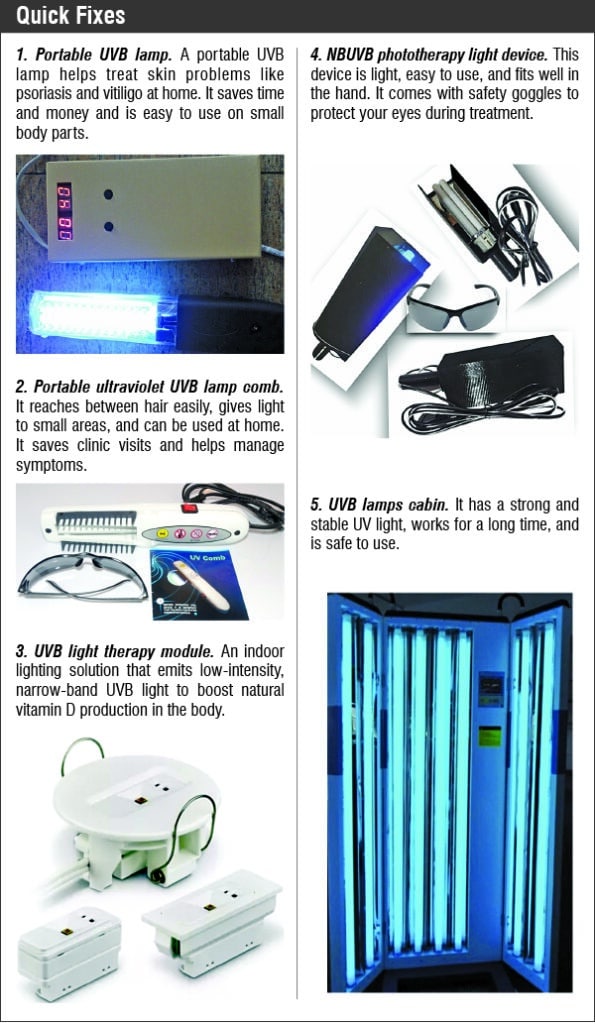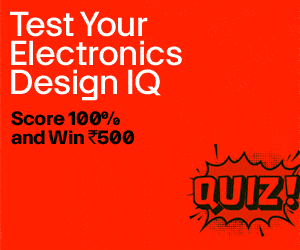Modern lifestyles are reshaping how essential nutrients are accessed—bringing Vitamin D deficiency into sharper focus. Urbanisation, indoor work routines, and limited winter sunlight have left nearly half the global population deficient. While dietary supplements offer a fallback, controlled indoor UVB technology is fast emerging as a promising, potentially billion-dollar solution.
Vitamin D synthesis in the body relies on UVB radiation—a specific range of ultraviolet light emitted by the sun. Though natural sunlight remains the most effective source, barriers such as pollution, indoor occupations, and geographic latitude restrict exposure.
UVB rays activate Vitamin D production by penetrating the skin, supporting vital functions including immunity, bone health, and cellular repair. By contrast, UVC rays are absorbed by the outermost skin layer and do not contribute to this process.
To address this growing deficiency, lighting innovations and phototherapy technologies now offer safe, controlled indoor UVB exposure.
Unlike older systems prone to overexposure risks, new devices deliver ultra-low doses calibrated to mimic natural midday sunlight. Studies show these can replicate the benefits of brief outdoor exposure, offering a practical solution for those with limited sunlight access.
However, creating reliable and safe UVB systems demands careful attention to thermal management, dose regulation, and smart system integration. Recent strides in AI, IoT, and miniaturisation are transforming indoor UVB systems into viable, user-friendly wellness solutions.

Design Challenges and Engineering Solutions
Developing effective indoor UVB systems involves navigating several critical challenges, foremost among them thermal management. UVB light sources naturally emit heat that, if unchecked, can compromise performance and reduce lifespan. Integrating robust thermal protection ensures safe, stable operation.
Equally important is precision exposure control to avoid overexposure while delivering optimal UVB doses. Smart integration enables seamless compatibility with existing lighting infrastructure, automating adjustments based on proximity and environmental factors. Features such as real-time performance tracking and predictive maintenance also enhance system reliability.
Next generation devices now feature advanced components including proximity sensors that modulate UVB intensity based on user distance. Standardised protocols like Zhaga LEX-M, DALI, and MasterConnect facilitate integration into a wide range of environments—from domestic interiors to commercial installations—while ensuring scalability.
Innovations in light source technology have yielded low intensity, narrow band UVB emitters designed for extended, controlled exposure. These mimic natural sunlight without excess UV dosage. In parallel, new thermal materials are being used to enhance durability and thermal resistance, increasing device longevity.
As smart lighting systems evolve, integration with standardised platforms allows for automated control, real-time diagnostics, and dynamic adjustment. With advanced sensors, future devices may also include ambient light detection to optimise UVB output according to environmental lighting conditions.
As wellness awareness grows, intelligent UVB systems are gaining traction as an effective strategy to combat Vitamin D deficiency. Continuous advancements in automation, safety, and system compatibility are fuelling their uptake in modern living spaces.
The Beauty of Miniaturisation
Miniaturisation has opened the door to more accessible and user-friendly UVB solutions. Portable and wearable formats now allow users to integrate controlled UVB exposure into daily routines. These ergonomic, discreet designs also enable targeted treatments for localised care. Personalised usage plans, real-time monitoring, and data-based adjustments ensure safe and effective exposure.
| Key players manufacturing UVB devices |
| Several prominent manufacturers are producing UVB devices for residential or workplace use, particularly for treating skin conditions such as psoriasis and vitiligo: • C Cube Advanced Technologies (India) https://www.ccubeadvtech.com • Daavlin (USA) https://daavlin.com • Indetouch (India) https://www.indetouchexporters.com • Philips (Netherlands) https://www.philips.co.in • Solarc Systems Inc. (Canada) https://solarcsystems.com |
AI and IoT
The convergence of AI and IoT is reshaping UVB systems into intelligent health and wellness tools. AI algorithms can tailor exposure based on individual variables such as skin type, Vitamin D levels, and medical history. Machine learning can analyse user habits to suggest optimal schedules, improving outcomes while minimising risk.
IoT connectivity simplifies usage by linking UVB systems with smart home and office ecosystems. Users can monitor and manage exposure remotely via mobile applications. Cloud-enabled health tracking allows for data sharing with medical professionals, paving the way for tailored recommendations and proactive health management.
Nidhi Agarwal is a Senior Technology Journalist at EFY with a deep interest in embedded systems, development boards and IoT cloud solutions.







